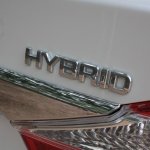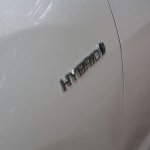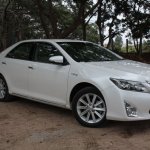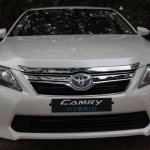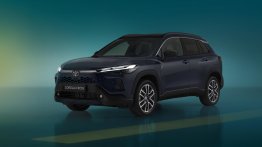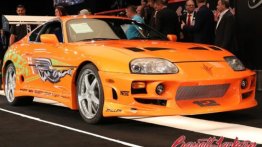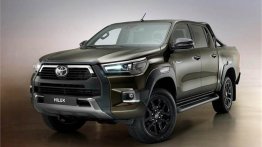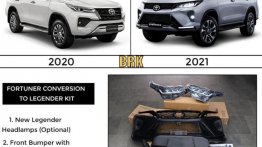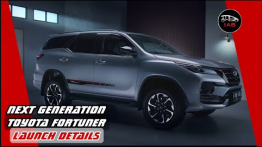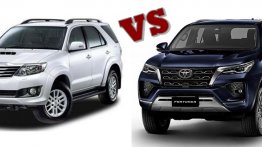We spent sometime behind the wheel of the Toyota Camry Hybrid on Saturday afternoon as part of the media drive and here's our impression.
There are no stark differences between the exteriors of the Camry Hybrid and the Camry gasoline. In fact both cars are built using dimensionally the same steel and glass panels. The difference is in the badging - the Camry hybrid gets 'Hybrid' and 'Hybrid Synergy Drive' badges on the fenders and boot lid. The front-end differs with a blue Toyota logo.
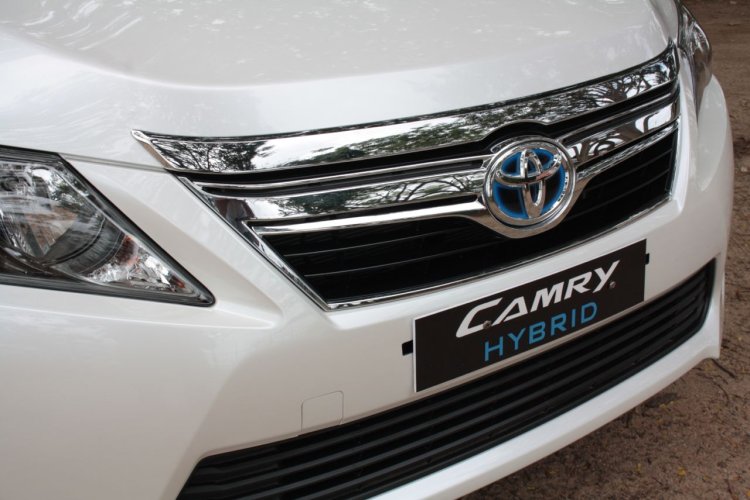
The interiors are also identical. Only the observant few will point out the new combi meter and hybrid system indicator on the instrument binnacle. The other giveaways are the hybrid badges on the floor mats and a darker faux wood ornamentation on the dashboard.
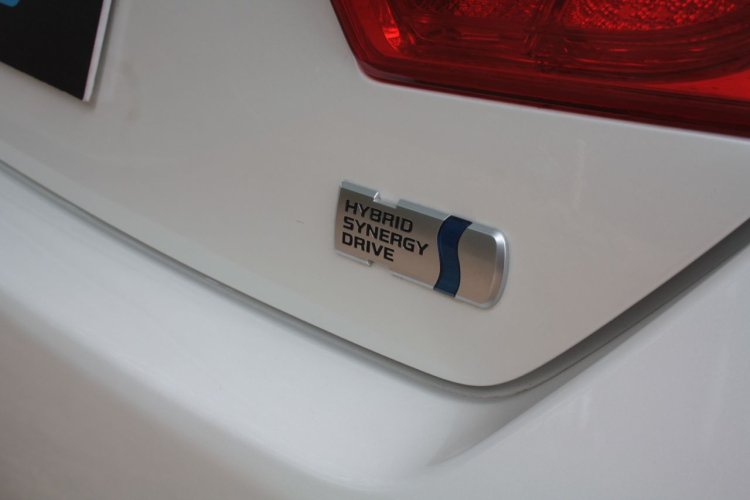
Going through the brochure, we verify that features that are exclusive to the hybrid variant are a three-zone auto climate control, reclining rear seat, controls on the rear armrest for audio and air-conditioning, power sunshade on the rear windshield, ventilated front seats, assist grips on the front seat backs and an acoustic windshield glass.
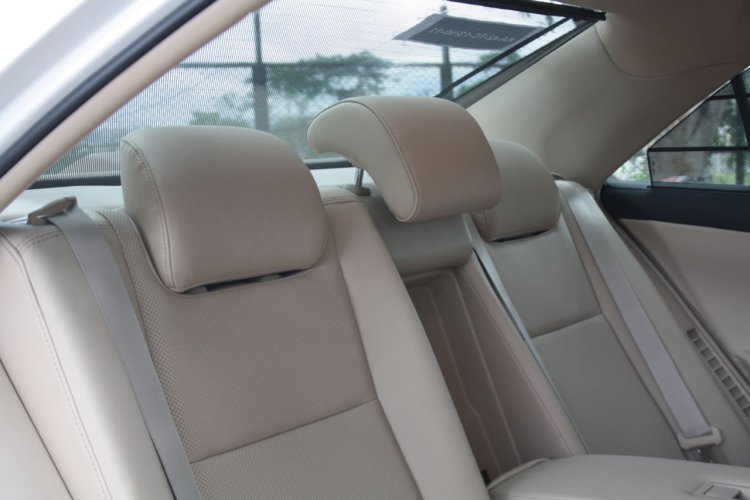
Initially driving the Camry Hybrid wasn't any different compared to driving a powerful CVT-equipped E segment saloon except for the unusually silent cabin when you engage the push-button start. If you are light footed, a marked difference in driving experience can be felt as the car's engine doesn't turn on. The wheels are turned by an electric motor which delivers power smoothly and eagerly.
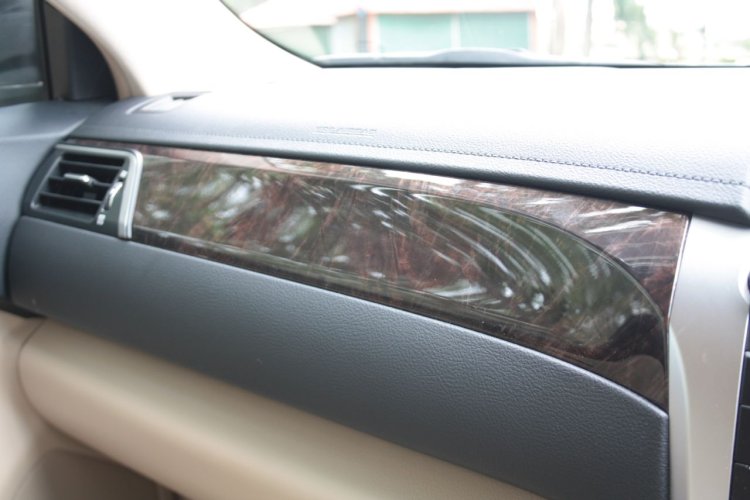
If the hybrid system senses an urgency (based on the throttle input), the engine fires back to life and assists the motor with extra power. Coasting over a long stretch isn't possible as the car decelerates faster due to the action of the regenerative brakes.
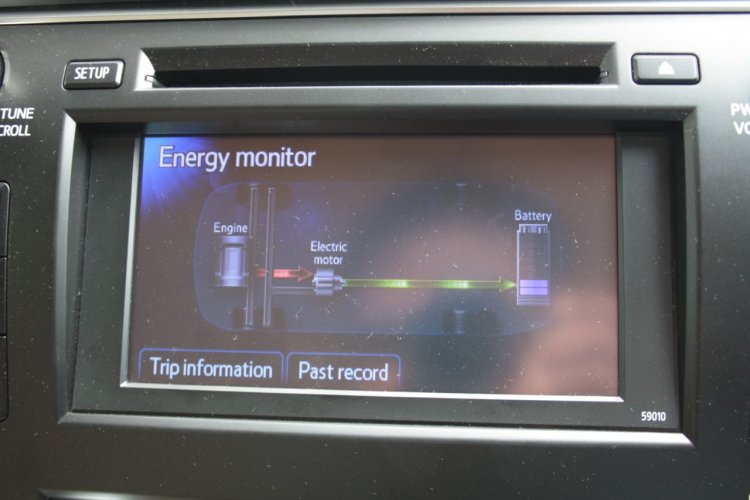
The car can be driven for short distances purely on battery through the 'EV' mode, but the top speed is restricted to 40kph. The next best option is the 'Eco' mode which conserves fuel and electric energy, cutting back on driving fun. Once this mode is turned off, the car's powertrain setting is maxed.
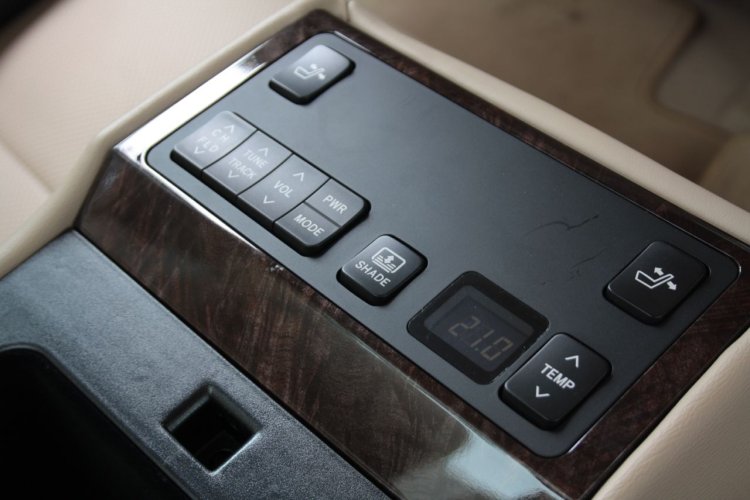
The car's hybrid system can recharge the depleted battery through regenerative braking or by diverting some of the engine output through the motor, which doubles up as a generator. This system, known as the series-parallel hybrid, is a standard feature on all hybrid Toyotas.
Toyota says the car's electronic CVT is a segment-first feature. From the driver's perspective, it is comparable to any modern CVT. The rubber-band effect is not as serious as it is in rival products, and that improvement is partly due to the added grunt coming from the electric motor when you step on the pedal.
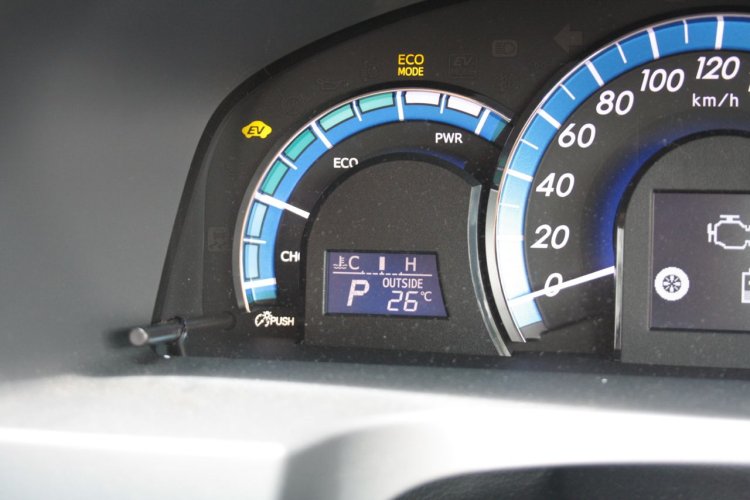
Despite the extra weight of the controller and batteries, the Camry's handling characteristics haven't been compromised. Though the car could do with a slightly higher ground clearance, the suspension is able to handle bad roads very impressively. There's sufficient feedback coming from the steering, but the feel could be a bit more direct.
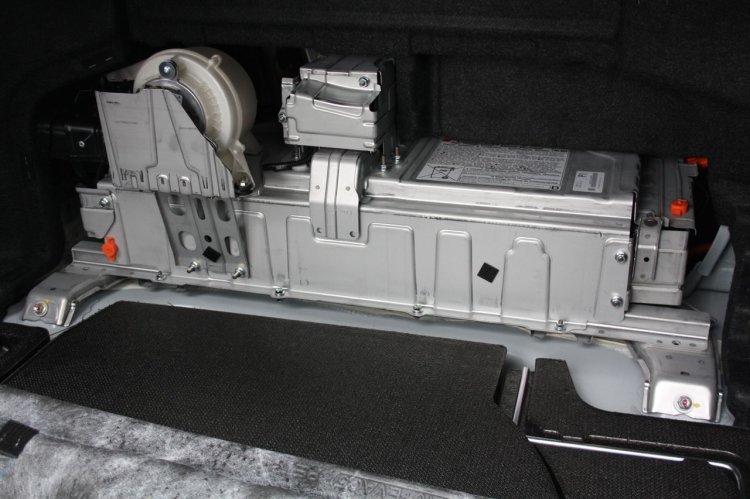
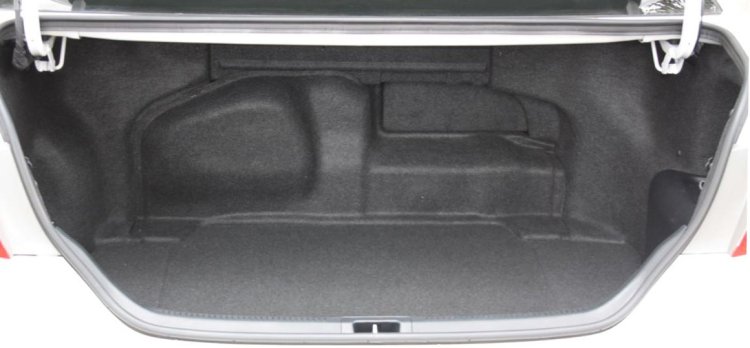
Since the battery pack is packaged into the boot, the boot volume has reduced from 484 liters on the gasoline variant to 393 liters on the hybrid variant.
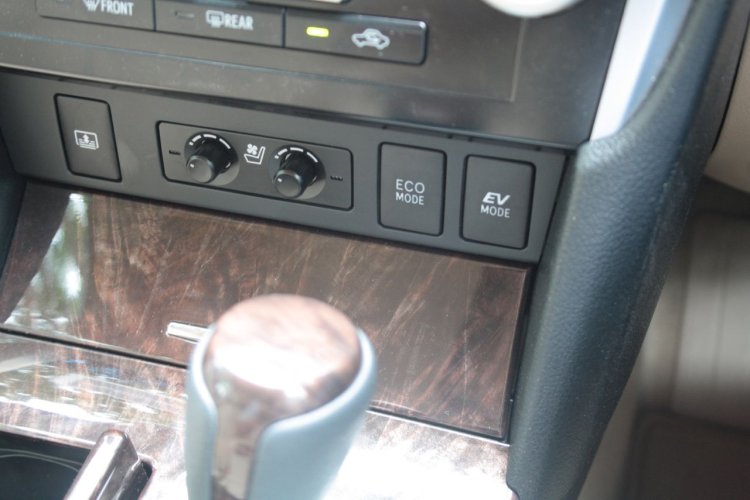
Toyota is tight lipped on the price and politely asks us to wait until the end of the month to get them. We hear whispers of a 30+ lakh rupee ex-showroom price tag. For the extra over the gasoline model, you get a claimed 50% better fuel economy, 32% drop in emission and 13% improvement in power output and a few extras like a more comfortable rear seat experience, ventilated front seats and an improved air-conditioning unit.

While that doesn't sound like a bad deal on paper, can the Camry Hybrid go beyond the call of duty, do more than just increment or add fanciness to the Camry brand's image and equity?

